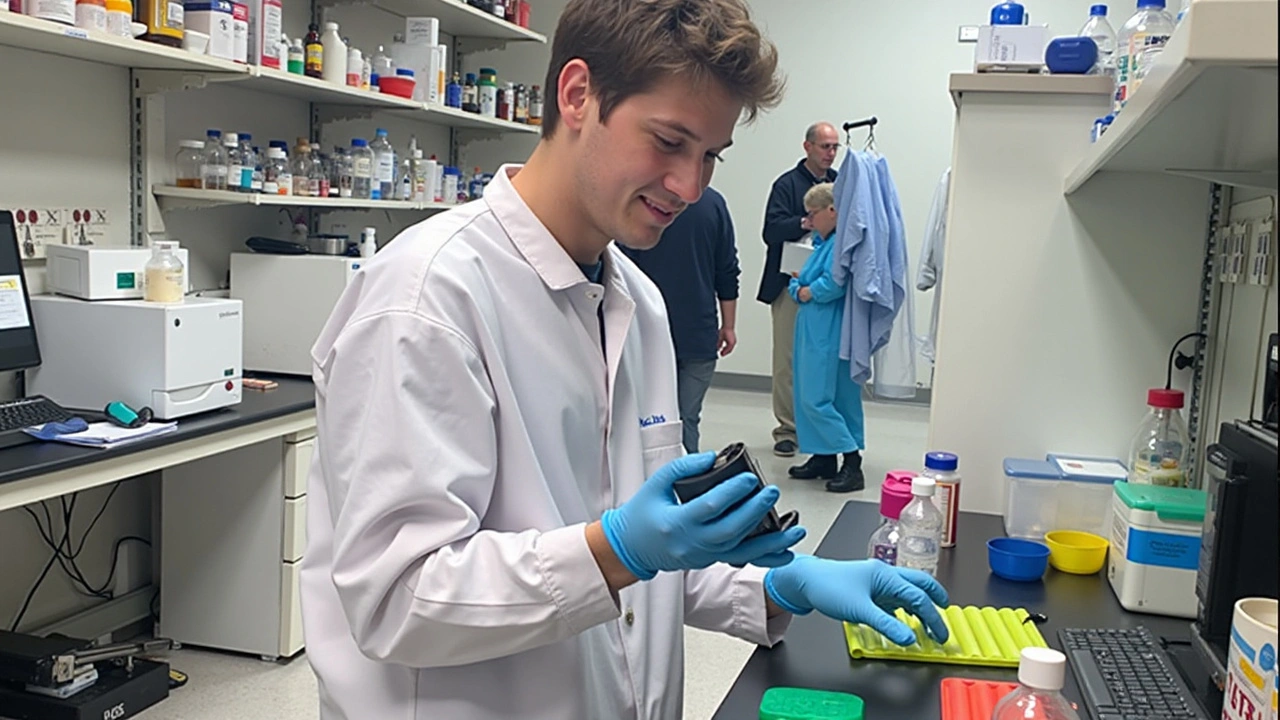Antibiotic resistance: how it happens and what you can do
Antibiotic resistance is when bacteria stop responding to the drugs meant to kill them. That makes simple infections harder to treat and can turn routine care risky. You’ve probably heard headlines about “superbugs” — this is what they mean. Resistance grows every time antibiotics are used in ways that let bacteria survive and adapt.
How does resistance develop? Bacteria multiply fast. When you give antibiotics, most bacteria die, but a few with random mutations may survive. Those survivors pass their traits on. Over time and with repeated exposure, resistant strains become common. Using antibiotics for viral illnesses, stopping a prescription early, and widespread use in farms speed this up.
Practical signs and when to worry
If an infection doesn’t improve after a standard antibiotic course, or it keeps coming back, resistance might be at play. High fevers, worsening symptoms, spreading redness, or new pus are red flags. For sexually transmitted infections like gonorrhea, treatment failure is a serious sign — get tested and treated promptly. Don’t assume a different antibiotic will work without a doctor’s advice.
What you can do right now
Only take antibiotics when a healthcare professional prescribes them and follow the dose and length exactly. Don’t pressure your provider for antibiotics for colds, flu, or most sore throats — antibiotics don’t kill viruses. Finish the full course unless a doctor tells you to stop. Never use leftover meds or someone else’s prescription.
Ask your clinician about testing before starting an antibiotic. Tests can identify the bacteria and their resistance pattern, so you get the right drug faster. If you need antibiotics, discuss options with fewer broad effects — narrow-spectrum choices target the culprit without hitting beneficial bacteria as hard.
At home, simple hygiene helps: wash hands, care for wounds, and keep vaccinations up to date. In travel situations, avoid unsafe food and water, and seek prompt care for infections. If you keep getting infections after travel, mention this to your doctor — some resistant strains are more common in certain regions.
On a bigger level, support antibiotic stewardship: hospitals, clinics, and pharmacies that track and limit unnecessary antibiotic use. Talk to your family about proper use and safe disposal of old meds. Farmers and food producers also play a role; choosing products from responsible sources can reduce overall antibiotic pressure.
If you’re allergic to penicillin or can’t take common drugs, dentists and doctors can choose alternatives like clindamycin or metronidazole for certain infections. For severe cases hospitals may switch from IV antibiotics to targeted oral ones once you improve. Labs use culture and sensitivity tests to match drug to bug — ask for those if infections don’t respond. Never share antibiotics or save them for later; that fuels resistance.
Talk openly with your clinician about risks.
Antibiotic resistance is a growing challenge, but small choices make a difference. Use antibiotics wisely, get tested when needed, and act fast if an infection worsens. These steps protect you and help keep antibiotics working for everyone.
